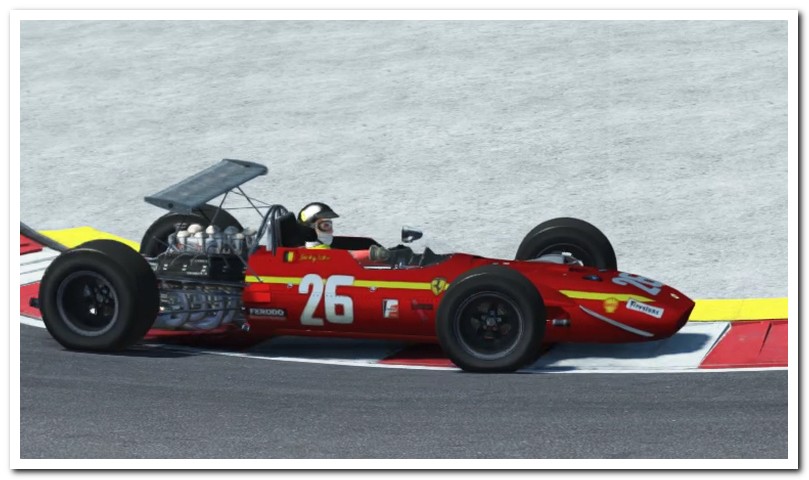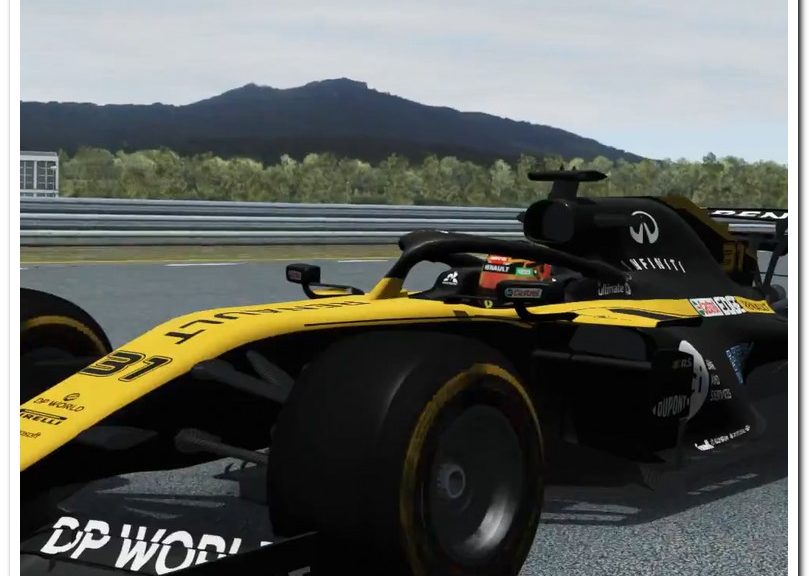I decided to add a 5th camera to the live stream of my plants (not) growing. This new camera captures the outdoor sky/clouds, and serves as a natural reference to what time of day is it, since I do not overlay any date or time indication in the sources. As I write, it is dark outside – not the best timing :).
For now, the stream is available on Twitch: https://www.twitch.tv/arturmarques_dot_com.
In the past, instead of a live stream, my option was to build time-lapse videos. To assist in the process, I coded solutions that build automatic time-lapse videos from images datasets, with configurable quality. When using these tools, I usually build 24 hours videos, but I could request the output of a larger or shorter time span – for example, I have enough material to construct months-long files. The key reason why I have not been doing so, is that I have moved much of the raw data to the cloud, which is not as instantaneously readable, as local physical volumes. When I started playing with these media and doing these easy, fun, observations, one key reward was being able to promptly unveil whatever had happened in the past x hours.
I will adapt my solutions to the new cloud storage and automate the process again. Until then, the live stream should be available with some regularity.



